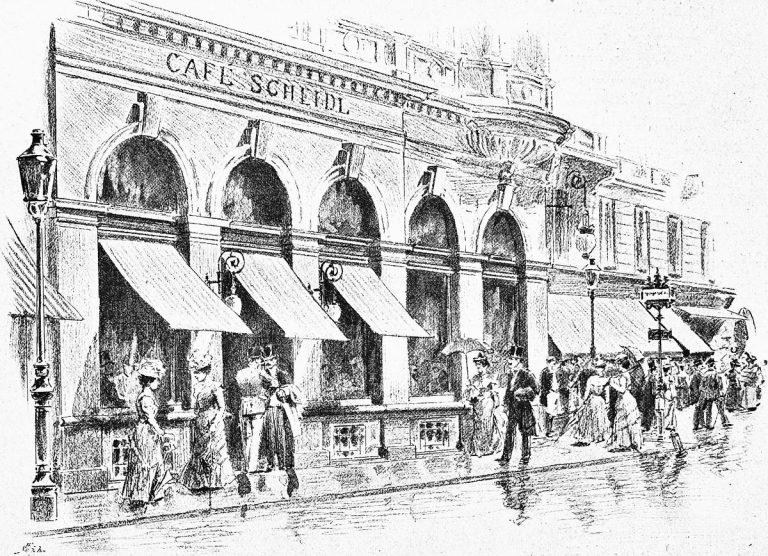All major cities demand at least one golden moment. While we may disagree about what is required to earn this label, one thing seems clear: mythic destiny often coexists with sharp contradictions.
Vienna in 1900 was an excellent example.
At the beginning of the 20th century, Vienna was the imperial city of the ruling Habsburgs and the world center of music and entertainment in Europe. It was home to Sigmund Freud and two Gustavs of music and art (Mahler and Klimt), a group of poets, composers, literati and theater notables; A yeasty blend of immigrants from across the sprawling Austro-Hungarian Empire; Sixth largest Jewish population in the world; Abundant gardens, palaces, cafes and heart-stopping pastries.
However, as Stefan Zweig (1881-1942) – a native son of Vienna, a member of the city's Jewish bourgeoisie, and a famous author – understood well, Vienna's underbelly was boiling. Suicide was rampant. The same was true for syphilis, cholera, tuberculosis, and typhoid. Infant mortality was high and life expectancy was low, at only 38 years. Anti-Semitism was also on the rise, as was the discontent of youth, bound by the rules and mores that governed every aspect of life.
With the help of Zweig's 1942, aptly titled 400-page autobiography Yesterday's worldHere are some keen observations on Vienna's paradoxical era before the Golden City's sudden death in the poisoned air of World War I.
Security and delusion
Zweig described pre-World War I Austria as a golden age of security. “Everything has its base, its correct size and weight.” But what was most notable was its liberal idealism and the accompanying conviction that what lay ahead was “a direct and infallible path to the best of all possible worlds… People believed in progress more than in the Bible – cleanliness was widespread, dirt was disappearing. People were becoming more attractive.” Stronger and healthier.
However, as Zweig admits, this world of security was an illusion.
Age and youth
Zweig was particularly frustrated by society's distrust of young people and the ridiculous disfigurements that young people had to endure – from growing beards and wearing “long black coats” to walking with…

